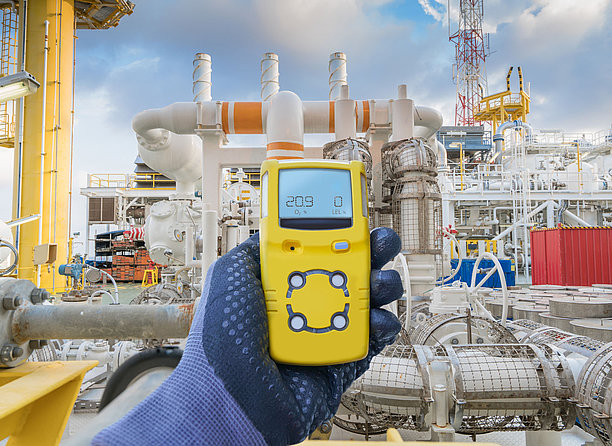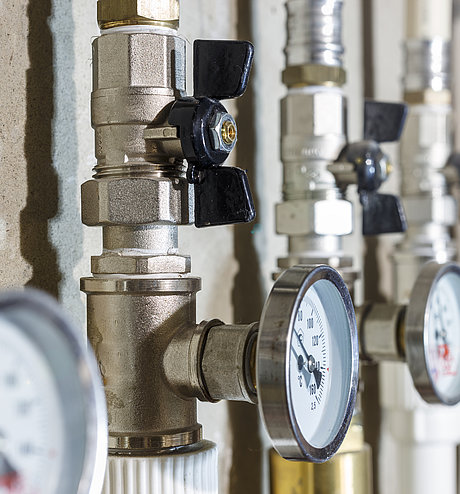Photoacoustic gas sensor - Monolithic integrated (NDIR) sensor
Ref.-No. 6128
Keywords: Gas sensors, photoacoustic gas sensors, fabrication of monolithic integrated (NDIR) sensors, CO2 sensors, CO sensors, methane sensors
The selective and sensitive detection of gases with microsystems has been a major challenge for some time. Resistive measurement techniques are often used, though their signal values often exhibit age-related drift and poor selectivity. A novel, monolithic photoacoustic gas sensor (PAS) from the Technical University of Dortmund that can be manufactured for microsystems technology is different: It detects target gases with high precision and selectivity. The underlying photoacoustic measuring principle works as follows: When a gas sample in a measuring cell is irradiated by a pulsed light source, the gas molecules absorb the light and the sample heats up. Given the measuring cell’s constant volume, the result is pressure waves whose frequency matches the modulation frequency of the light source. These pressure waves—that is, the photoacoustic signal—can be detected with elements sensitive to sound, such as microphones. The signal amplitude correlates with the degree of absorption, shedding light on the concentration of gas in the measuring cell. Due to the design of the invention, no photodetector is necessary. The universal manufacturing principle of a PAS based on an SOI wafer makes it possible to monolithically integrate all the necessary sensor components. With these types of sensors, all gases can be detected that exhibit strong absorption under IR, such as carbon dioxide and methane.
Competitive Advantages
- Low-cost gas sensor manufacturing process
- No photodetector necessary
- Miniaturization possible
- Good manufacturing process scalability
- High measuring precision
- Extensive area of application
Commercial Opportunities
The option for miniaturization and excellent scalability of the manufacturing process mean PASes can be used in a number of applications, such as CO2 sensors in cellphones for measuring air quality in spaces or CO warning sensors for indicating leaks in gas or heating systems. Even the hazardous substance sulfur hexafluoride (SF6), which is frequently used as an insulating gas in medium- and high-voltage technology as well as in ultra high-voltage systems, can be detected inexpensively with this method.
Current Status
An application for a patent has been submitted to the German Patent and Trademark Office (DPMA), with subsequent applications in other countries possible in the priority year or as part of a later PCT application. We are offering interested companies the opportunity to license and, especially, continue to develop this technology with the inventors at the Technical University of Dortmund.
—
An invention of TU Dortmund.



